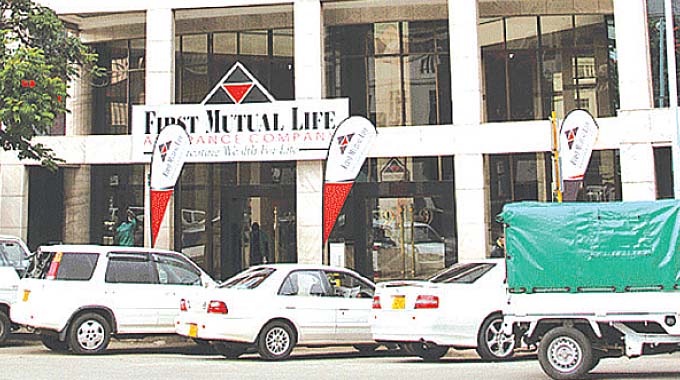Henry Munyaradzi’s colourful sculpting journey

Arts Correspondent
Henry Mudzengerere Munyaradzi is considered as the inward looking magus of Zimbabwe sculpture. Born in Guruve, in the north of Zimbabwe in 1931, Munyaradzi’s life and work is as deceptively simple as it is remarkable, hence a paradoxical salience is resultant from his body of work.
He eventually worked in various ways with the natural land and industry around him. Munyaradzi was part of the sculptural movement known as the “Shona Sculpture Movement”.
He worked as a carpenter, a village blacksmith, and tobacco grader before joining the Tengenenge Sculpture Community in Guruve, 150km north of Harare, in 1967. Soon he became known as “Henry of Tengenenge”.
There he became one of the most significant sculptors to emerge from that community and he derived the subject matter for his art from the natural Shona world, combining it with Christian imagery and depicting it in an unusual, deeply personal vision.
He began to sculpt, preferring to work alone and from the beginning with individual strength and powerfully original imagery. He quickly established himself and became a leading artist in the community. Munyaradzi’s work began to be included in exhibitions early on in his career .
In 1968 he had his first exhibition at the National Gallery of Zimbabwe. Since that time he has been exhibited both in group and individual shows worldwide and the striking linear images in his sculpture made him internationally popular. In 1984 Henry successfully hoisted a solo exhibition in London and this enabled him to purchase a farm in Ruwa where he worked until his death. It is said he gained his source of inspiration from the farm’s surroundings.
The strength of his work lies in the purity of form technique and imagery is genteel down to identify the essence of his subject in the simplest of terms. His subject matter is taken from the natural world around him and only the intimate knowledge of this world can produce such minimal, but precise, expression.
A consummate sculptor, his work was meditative and gentle-spirited, and at times witty but always filled with a more profound cultural meaning in the subjects he explored.
Being entirely self-taught, his work blends the simplicity of the primitive with stylised sophistication. He greatly respects the stone he uses and is often inspired by its original shape.
Henry Munyaradzi participated in major group exhibitions as well as eight one-man shows in London, Los Angeles, Berlin and Harare.

Munyaradzi’s “Tobacco Wither” piece
His work is found in the National Gallery of Zimbabwe, Chapungu Sculpture Park and in museums and private collections throughout the world.
Some of his exhibition pieces such as “Saviour and Child” (1989) have toured worldwide. For example, to the Yorkshire Sculpture Park in 1990, where the works on display included examples from all the artist who had contributed to an exhibition of international works at the Musee Rodin in Paris France.
His works are in many prestigious collections including Chapungu Sculpture Park, Springstone International Art Gallery of Avondale and the National Gallery in Harare which has several pieces including ‘‘The Python’’ and ‘‘Lion Spirit’’ among others in their permanent collection which the gallery holds in trust for the nation.
Several local commercial banks, which patronised the arts in the past, also hold his pieces in their collections.
Moreso, Munyaradzi participated in several exhibitions which include New African Art (1968): The Central African Workshop School, New York, US, (1971), Sculpture Contemporaine des Shonas d’Afrique, Musee Rodin, Paris France (1978), MOMA , New York, US (1982), Janet Fleischer Gallery, Philadelphia, US amongst others.
Like a magician Henry was a sage who knew how to decipher the essential and was able to translate the essence of any being or spirit into stone, with care and tenderness he selected the stone which he felt contained the spirituality of an animal, a man, the moon and the wind.
Henry Munyaradzi died in February 1998 and was buried in the Mukaera Christian Village on the outskirts of Guruve.
The West Gallery has been renamed the Henry Munyaradzi Gallery and the institution celebrates this prominent artist’s life this month.










Comments